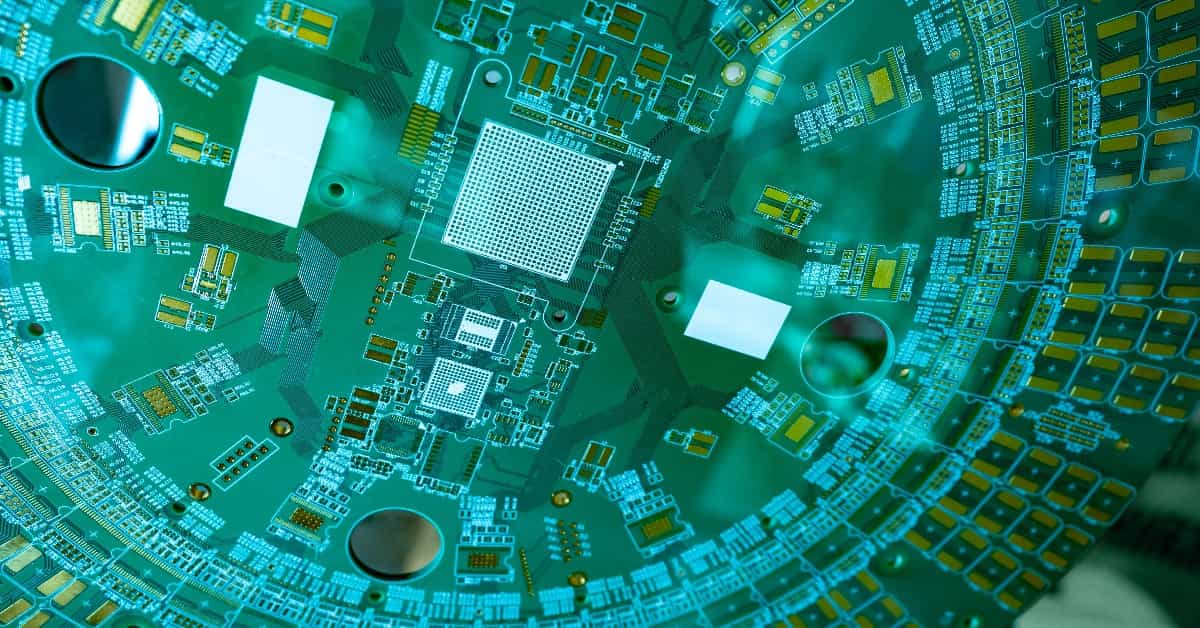“Begin with the end in mind,” a quote by Stephen Covey, aptly describes the challenge for future IT and electronics designers.
The talk was part of Newcastle University’s annual Centre for Doctoral Training (CDT) Research and Technical Showcase, a collaboration between the Electrical Power Group at Newcastle University and the Power Electronics, Machines and Control Research Group at the University of Nottingham.
The CDT aims to train tomorrow’s leading researchers to address science-related problems for societal benefit. One such issue is the growing challenge of e-waste recycling.
The UN reported that 50 million tons of electrical and electronic waste were discarded in 2019, with a conservative value of US$62.5 billion.
If we are to meet the climate crisis's challenges, we must retain product value by extending their lifespans. Ultimately, recycling remains necessary. Innovative techniques enable raw materials from these assets to be recovered.
Reducing reliance on raw materials and promoting circular economies is both ethical and economically beneficial, particularly in technology manufacturing. Recent supply chain shortages highlight the urgency. Consumers increasingly expect brands to prioritize sustainability.
IT equipment is a treasure trove of materials like gold, silver, platinum, copper, and aluminum. However, accessing these resources often involves complex compliance and permitting processes.
Why is it so difficult to recycle ICT assets?
ICT equipment is not designed with recycling in mind. Disassembly is challenging due to non-standard screws, adhesives, and components requiring separation into various waste streams, such as circuit boards, metals, and plastics.
Efforts like France’s Repairability Index, which aims for a 60% repair rate within five years, and Apple’s Self Service Repair program demonstrate growing momentum for change.
The CDT challenges cohorts to design products with sustainability as a priority, exemplifying initiatives to promote circular economies and extend product lifespans.
Popular products like Apple’s AirPods illustrate the complexity of recycling due to compact designs. For instance, iFixit’s teardown video highlights these challenges, emphasizing the need for innovative recycling approaches.
What are we doing at SK Tes to address this?
Sustainability and climate action are core to SK Tes. We embed circular economy principles into all aspects of our business, operating ethically, compliantly, and transparently. Governance ensures sustainability is integrated into procedures, client relationships, and partnerships.
Explore our initiatives and global impact in our Sustainability Report.





